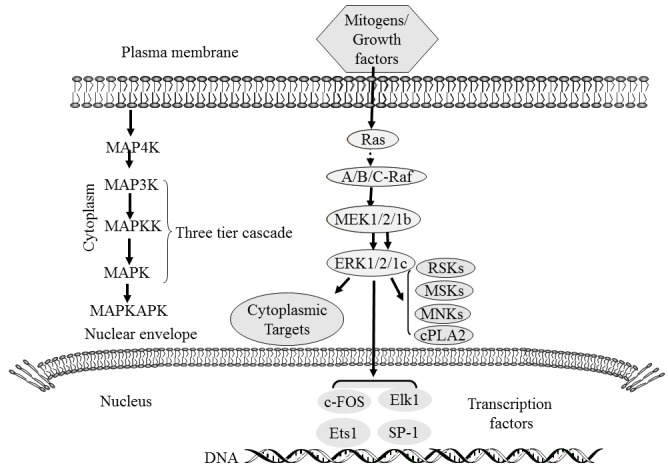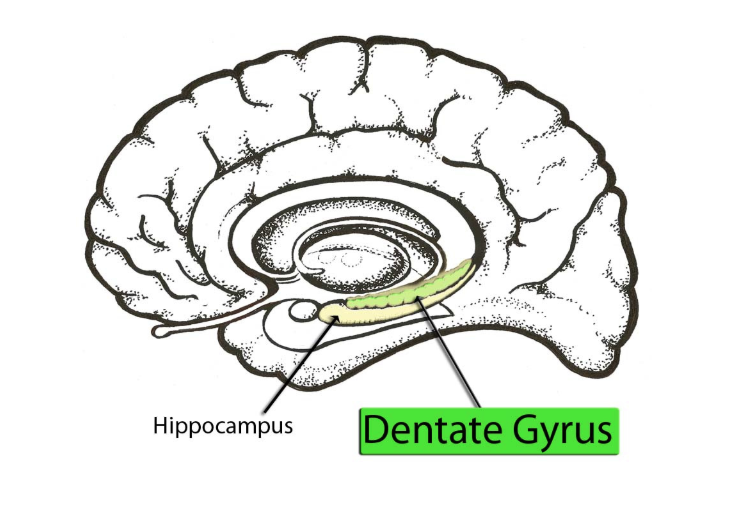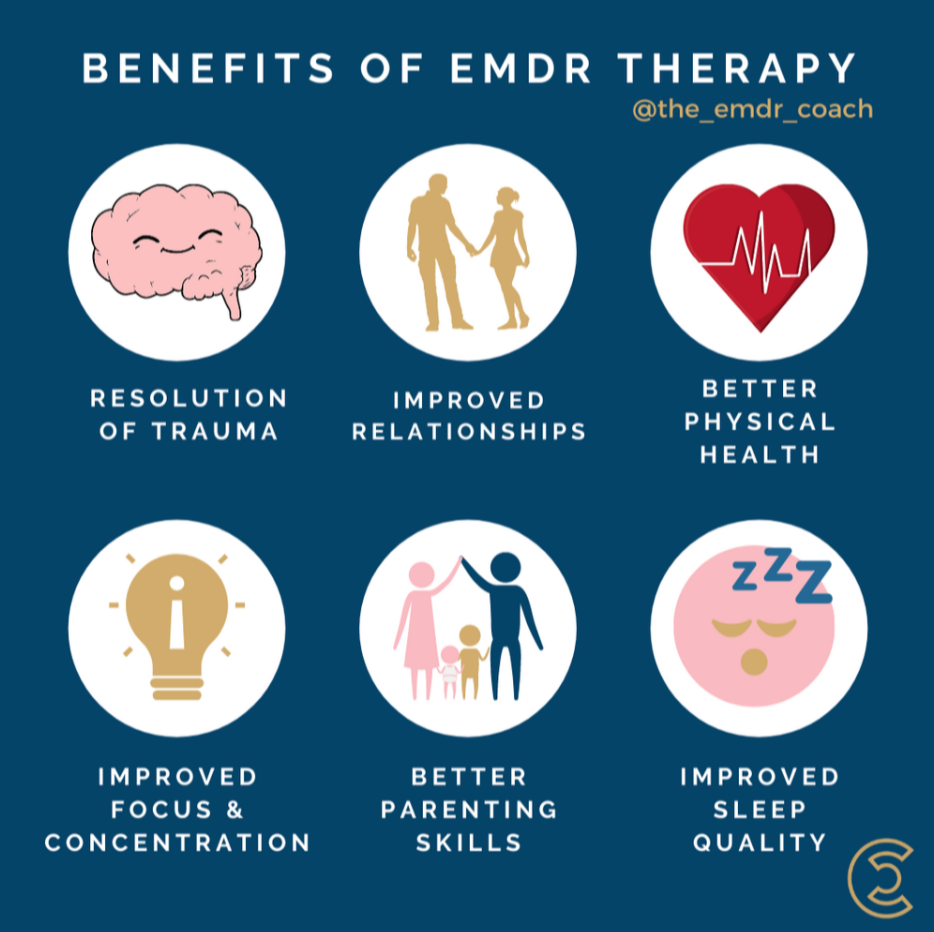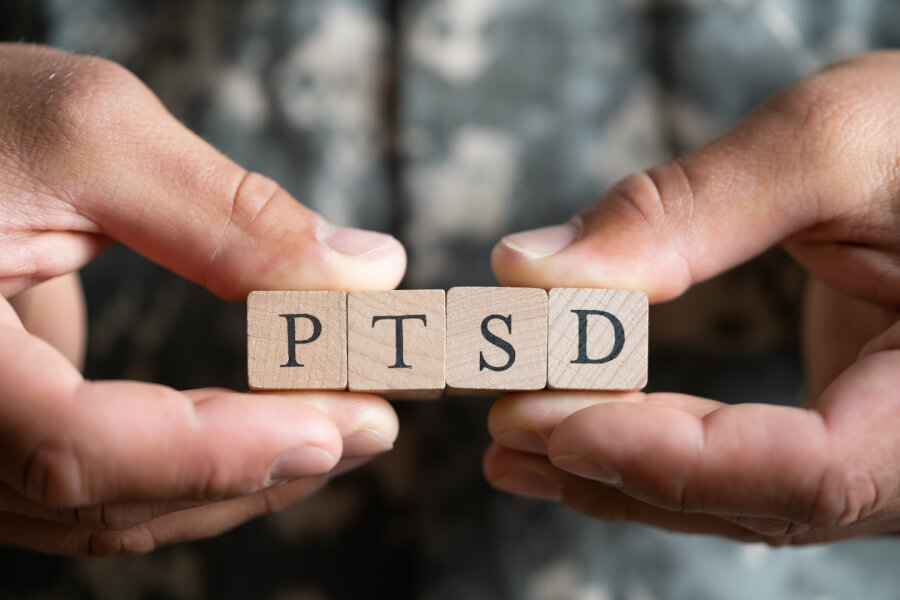What is PTSD?
Post traumatic stress disorder (PTSD) is a psychological disorder that develops in some people after they have experienced some sort of trauma or been through a traumatic event. Some common traumas include war, natural disasters, sexual assault, terrorist attacks, domestic violence, and others. Symptoms include repeated intrusive thoughts and memories and flashbacks from the event, avoiding reminders of the traumatic event, distorted thoughts and negative thoughts and feelings, and being irritable and having angry outbursts. [1]

Glucocorticoid Receptor
The glucocorticoid receptor is an intracellular receptor that is located in the cytoplasm and moves to the nucleus when glucocorticoid hormones bind to the receptor. This receptor modulates transcription. Glucocorticoid hormones are steroid hormones that are released from the adrenal glands and are important for maintaining stress-related homeostasis. [2]

ERK/MAPK Pathway
Extracellular signal-regulated kinase 1/2 (ERK) is part of the mitogen-activated protein kinase (MAPK) family which is important for transmitting extracellular signals to intracellular components. MAPK cascades regulate various cell processes including proliferation, apoptosis, and stress responses. The MAPK cascade transmits signals through sequential activation of protein kinase layers: MAPKKK, MAPKK, and MAPK. The ERK pathway includes specific kinases of Ras, Raf, MEK, and ERK. [4]

How Do You Develop PTSD?
Glucocorticoid receptors are essential in the development of PTSD as stress induces the release of glucocorticoid hormones which are ligands for glucocorticoid receptors. Following a stressful event or trauma, a dual histone mark H3s10p-K14A appears in granule cells in the dentate gyrus which is part of the hippocampus. This histone mark is important for opening up DNA strands to express immediate-early genes (IEGs), in this case, c-Fos and EGR1. After the appearance of this dual histone mark, PTSD symptoms develop. The ERK/MAPK pathway is essential for creation of emotional memories and the behavioral response associated with them. Glucocorticoid hormones act as a scaffold for phosphorylation in the ERK pathway. Without this, the dual histone mark does not appear, and histone marks are important for the consolidation of memory formation. When this chain of events happens too often, PTSD occurs. [5]

How Can PTSD be Treated?
Cognitive Behavioral Therapy (CBT)
Therapy that focuses on problematic and/or dysfunctional patterns of thinking and how they affect behavior patterns. Key of therapy is to change current ways of thinking and make them more functional so that, in turn, behaviors change to be more productive. In relation to PTSD, the therapist works with the client to see if what the client is describing about their trauma and about themselves is accurate.
Exposure Therapy
Type of CBT that teaches the client to gradually expose themselves to situations that are related to their trauma. This could also be gradually approaching trauma-related memories and feelings. These previously avoided memories, feelings, and situations are faced which conditions the client to understand that these are not dangerous and do not need to be avoided.
Eye Movement Desensitization and Reprocessing (EMDR)
This therapy encourages the client to think about a traumatic memory while also experiencing bilateral stimulation through eye movements. This has been found to reduce vividness and emotion associated with those traumatic memories. [7]

References
[1] What is Posttraumatic Stress Disorder (PTSD)? (n.d.). Retrieved April 27, 2024, from https://www.psychiatry.org:443/patients-families/ptsd/what-is-ptsd
[2] Nicolaides NC, Chrousos G, Kino T. Glucocorticoid Receptor. [Updated 2020 Nov 21]. In: Feingold KR, Anawalt B, Blackman MR, et al., editors. Endotext [Internet]. South Dartmouth (MA): MDText.com, Inc.; 2000-. Available from: https://www.ncbi.nlm.nih.gov/books/NBK279171/
[3] Heitzer, Marjet & Wolf, Irene & Sanchez, Edwin & Witchel, Selma & DeFranco, Donald. (2008). Glucocorticoid receptor physiology. Reviews in endocrine & metabolic disorders. 8. 321-30. 10.1007/s11154-007-9059-8.
[4] Guo, Y. J., Pan, W. W., Liu, S. B., Shen, Z. F., Xu, Y., & Hu, L. L. (2020). ERK/MAPK signalling pathway and tumorigenesis. Experimental and therapeutic medicine, 19(3), 1997–2007. https://doi.org/10.3892/etm.2020.8454
[5] Reul, J. M.H.M. (2014). Making Memories of Stressful Events: A Journey Along Epigenetic, Gene Transcription, and Signaling Pathways. Frontiers in Psychiatry, 5(5). https://doi.org/10.3389/fpsyt.2014.00005.
[6] Encyclopedia on Early Childhood Development. (Dec 5, 2008). Centre of Excellence for Early Childhood Development. https://www.child-encyclopedia.com/sites/default/files/docs/glossaire/Glossary_Brain_DG.pdf
[7] Treatments for PTSD. (n.d.). Https://Www.Apa.Org. Retrieved April 28, 2024, from https://www.apa.org/ptsd-guideline/treatments
[8] Carretta-Stein, D. What are the benefits of EMDR Therapy? (n.d.) https://www.danacarretta.com/post/what-are-the-benefits-of-emdr-therapy
